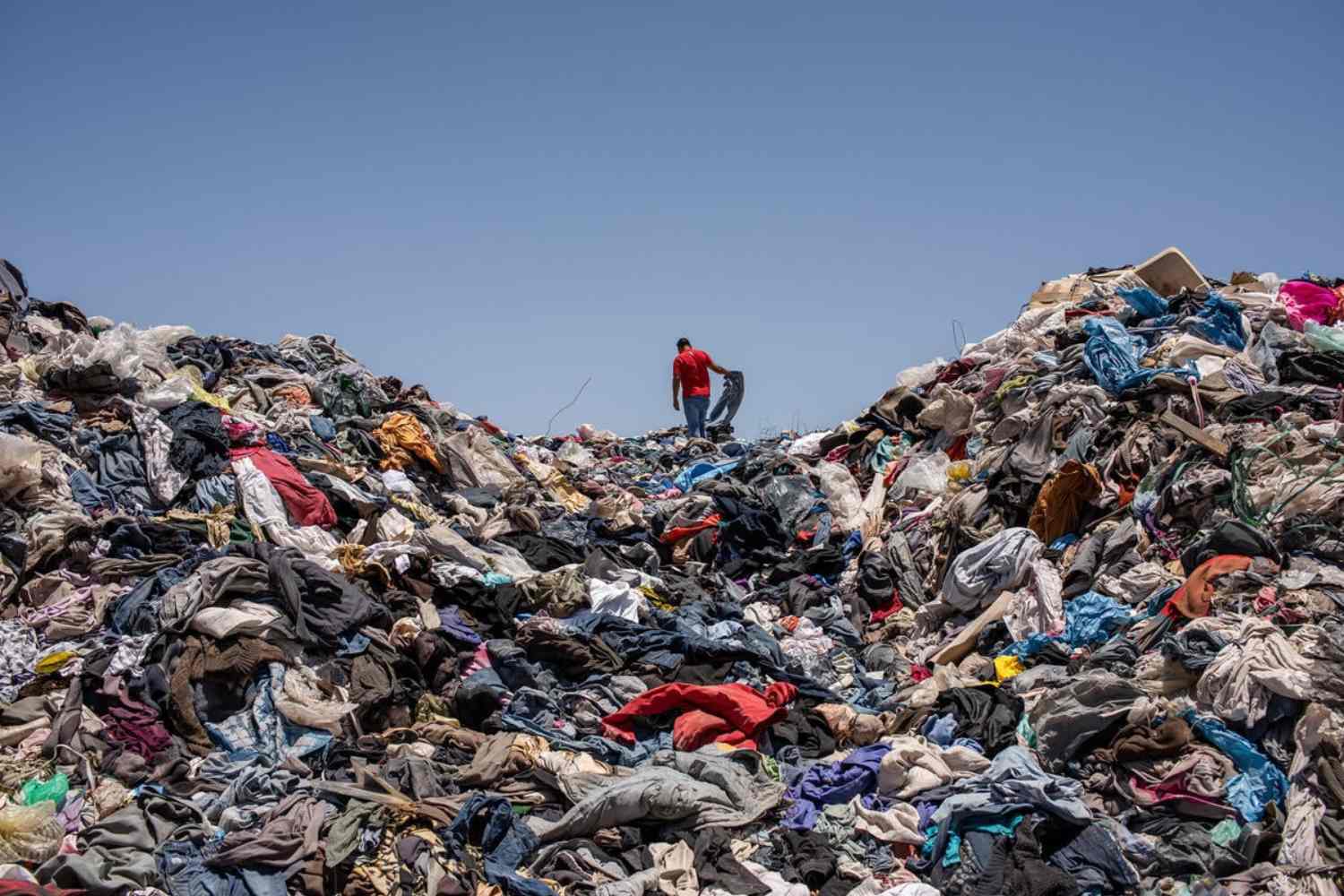Chile adds textiles to priority waste list under REP Law, requiring companies to manage clothing lifecycle and reduce 572,000 tonnes of annual textile waste

Table of contents
Chile has made a decisive move toward environmental sustainability by officially adding textile products to the list of priority goods under the REP Law (Responsabilidad Extendida del Productor), a key regulation designed to promote recycling and waste reduction throughout the country. Environment Minister Maisa Rojas’s signature on this resolution marks a pivotal moment in textile waste management – an industry that ranks among the most environmentally damaging globally.
This development couldn’t come at a more critical time. The images from Chile’s Atacama Desert, where mountains of discarded clothing create an eerie landscape of fast fashion’s casualties, have become a stark symbol of our throwaway culture. Now, with this regulatory shift, the country is positioning itself to revolutionize the lifecycle of textiles and embrace a true circular economy model.
Transforming Chile’s textile landscape
The new regulation casts a wide net, covering clothing, household linens, footwear, fibers, fabrics, and yarns – essentially encompassing waste generated both before and after consumer use. It’s a comprehensive approach that recognizes the textile problem extends far beyond what hangs in our closets.
The numbers tell a sobering story about Chilean consumption habits. Each Chilean consumes an average of 32 kilograms (70.5 pounds) of clothing annually, which translates into more than 572,000 tonnes (630,626 tons) of textile waste. To put this in perspective, that’s equivalent to discarding roughly 50 pieces of clothing per person each year – a staggering amount that speaks to how deeply entrenched fast fashion has become in modern life.
What makes this situation particularly complex is that approximately 92% of clothing sold in Chile is imported, and the country has emerged as one of the world’s largest buyers of second-hand clothing. This creates a unique dynamic where Chile serves as both a consumer and, unfortunately, a dumping ground for the global fashion industry’s excess.
What companies can expect
The regulatory shift brings new responsibilities for companies that produce or import textiles into Chile. These businesses will now be required to register with the RETC (Registro de Emisiones y Transferencias de Contaminantes) and annually declare the quantity of products they introduce to the market.
The primary objective is crystal clear: drastically reduce the amount of textile waste and encourage the reintroduction of materials into the production cycle. But this isn’t just about waste management – it’s about fundamentally reshaping how the industry operates.
The hope is that this policy will catalyze the emergence of local enterprises dedicated to recovery, recycling, repair, and sorting of textiles, potentially creating new economic opportunities while simultaneously combating the throwaway fashion mentality. It’s an ambitious vision that could transform Chile from a textile graveyard into a recycling hub.
Beyond compliance: a broader vision
This decision fits into Chile’s broader National Strategy for Circular Economy in Textiles by 2040, aligning with the country’s international commitments including the Paris Agreement. As Tomás Saieg, Chief of the Circular Economy Office at the Chilean Ministry of Environment, explains: “We plan to begin the regulatory process for EPR for textiles in 2025, with the aim to have targets in place for 2029”.
The timing reflects a growing global awareness of textile waste as an environmental crisis. According to a 2019 UN report, global clothing production doubled between 2000 and 2014, with the industry “responsible for 20 percent of total water waste on a global level”. The same report noted that manufacturing a single pair of jeans requires 7,500 liters (1,981 gallons) of water.
What’s particularly striking about Chile’s approach is its recognition that textiles aren’t just waste – they’re potential resources waiting to be valorized. This shift in perspective, from viewing discarded clothing as trash to seeing it as raw material for new products, represents a fundamental change in how we think about fashion’s lifecycle.
The road ahead
The implementation won’t happen overnight. The regulatory process is expected to begin in 2025, with collection and recycling targets likely to be established by 2029. This timeline allows companies to prepare and adapt their operations while giving the government time to develop the infrastructure and partnerships necessary for success.
Interestingly, this puts Chile ahead of many developed nations in addressing textile waste. Currently, only California and New York in the United States have EPR laws that include textile waste, while in Europe, only France, the Netherlands, and Italy have implemented similar textile EPR systems.
The challenge now lies in execution. Creating an effective circular economy for textiles requires more than just regulation – it demands innovation, investment, and a fundamental shift in how consumers, businesses, and governments think about clothing. Chile’s move represents recognition that the current system, where perfectly good clothing ends up buried in desert sands, is both environmentally and economically unsustainable.
As this regulatory framework takes shape, Chile has the opportunity to demonstrate that environmental protection and economic development can work hand in hand. The textile industry, long criticized for its environmental impact, might finally have a roadmap toward sustainability – one that other nations will undoubtedly watch closely.
